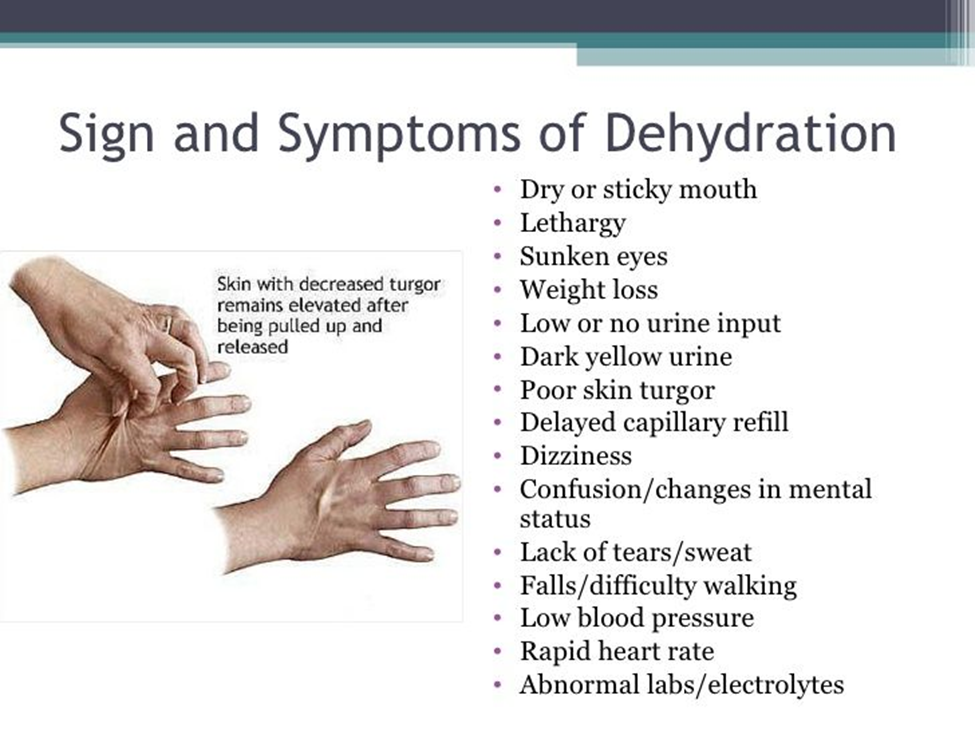A nurse is caring for a client who is Hindu and adheres strictly to the traditional dietary laws of this religion. The client has no other dietary restrictions. Which of the following foods should the nurse select as a component of the client’s meals?
A cheese omelet
A hamburger
A bologna sandwich
Steamed vegetables
The Correct Answer is D
A. Cheese omelet
A cheese omelet may be acceptable for a Hindu diet, as it doesn't contain beef or pork. However, it's important to consider the individual's specific dietary preferences and any other restrictions they may follow.
B. Hamburger
A hamburger typically contains beef, which may not align with Hindu dietary laws. Hindus, in general, avoid beef, as the cow is considered a sacred animal in Hinduism.
C. Bologna sandwich
Similar to the hamburger, a bologna sandwich often contains pork products. Pork is generally avoided by individuals adhering strictly to Hindu dietary laws.
D. Steamed vegetables
Steamed vegetables are a safe option for a Hindu diet as they are plant-based and do not contain beef or pork. They align with the dietary preferences of many Hindus.
Nursing Test Bank
Naxlex Comprehensive Predictor Exams
Related Questions
Correct Answer is A
Explanation
A. Tenting
Tenting refers to the delayed recoil of the skin when pinched. In a dehydrated state, the skin loses elasticity, leading to tenting due to decreased skin turgor. This is a specific sign of fluid-volume deficit.
B. Protruding eyeballs
Protruding eyeballs are not typically associated with dehydration. This could be related to other conditions such as thyroid dysfunction, but it is not a specific indicator of fluid-volume deficit.

C. Elevated blood pressure
Elevated blood pressure is not a typical sign of dehydration. In fact, dehydration often leads to a decrease in blood pressure due to reduced blood volume.
D. Dry mucous membranes
Dry mucous membranes can be an indication of dehydration, but in the context of the question, tenting (Option A) is a more specific sign related to skin turgor and is commonly assessed when evaluating for dehydration.
Correct Answer is C
Explanation
A. Keep the prosthesis in direct contact with the residual limb.
This statement is incorrect. Prosthetic care typically involves using a liner or sock between the residual limb and the prosthesis. This helps to provide cushioning, absorb sweat, and reduce friction, contributing to comfort and preventing skin irritation.
B. Apply a moisturizing lotion or oil to the stump daily.
Moisturizing the skin on the residual limb is generally advisable to prevent dryness and irritation. However, it's crucial to ensure that the skin is completely dry before attaching the prosthesis. Moisturizing can help maintain skin health and comfort.
C. Dry the prosthesis socket completely before applying it to the limb.
This statement is correct. Ensuring that the prosthesis socket is thoroughly dry before application is crucial to prevent skin irritation and ensure a secure fit. Moisture between the skin and the prosthesis can contribute to discomfort and skin-related issues.
D. Expect some skin irritation from the prosthesis.
While it is common to experience minor skin irritation initially as the individual adjusts to the prosthesis, persistent or severe irritation should be addressed. The goal is to achieve a proper fit and minimize skin-related problems through appropriate care and adjustments.
Whether you are a student looking to ace your exams or a practicing nurse seeking to enhance your expertise , our nursing education contents will empower you with the confidence and competence to make a difference in the lives of patients and become a respected leader in the healthcare field.
Visit Naxlex, invest in your future and unlock endless possibilities with our unparalleled nursing education contents today
Report Wrong Answer on the Current Question
Do you disagree with the answer? If yes, what is your expected answer? Explain.
Kindly be descriptive with the issue you are facing.
